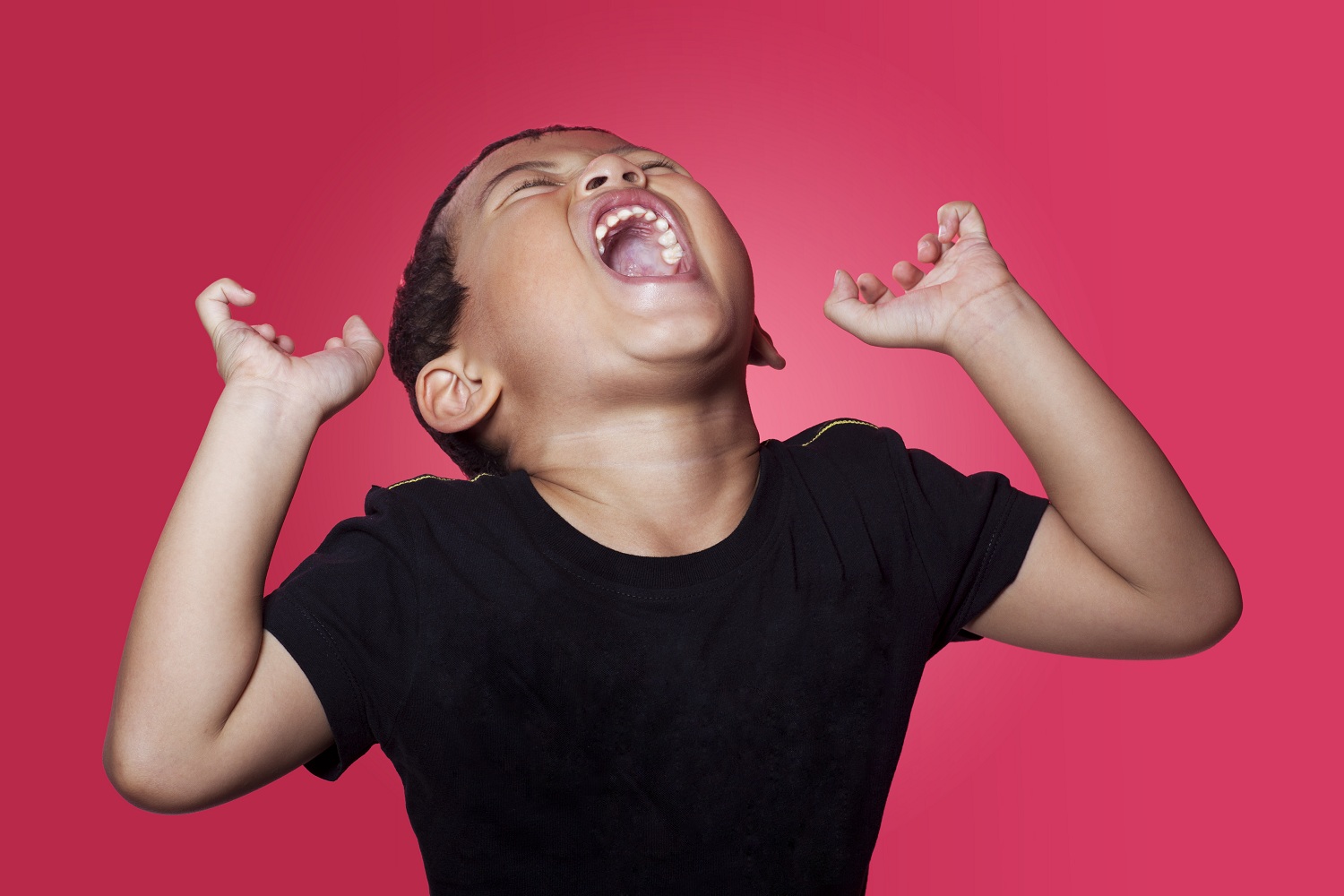As a parent we are conditioned to not allow our kids to ‘get away’ with behaviour that we deem inappropriate.
“Don’t storm off while I’m talking to you!”
“Don’t answer back to me!”
“Don’t use that tone!”
Sure, general courtesy is expected when we relate to our children – and by no means should we allow our children to treat us disrespectfully. However, can we let them ‘get away’ with being angry? Should we expect them to have a constant stream of calm emotions?
As long as we have breath in our lungs, we will feel a host of emotions – adults AND kids alike. That is called being HUMAN. We all know how it feels to be very upset or angry, yet when our children are upset or angry we are quick to try and stop them crying or whinging simply because it makes US feel uncomfortable.
Listening to your child be unhappy is tough, and let’s face it, annoying. It seems appropriate to tell them to stop crying or say ‘it’s not that bad’ because we expect them to be resilient and move on. I recall my dad saying, ‘eat a cup of concrete and toughen up’. This is certainly the attitude of the older generation, where children were to be seen and not heard.
However, continuing with this attitude of ‘suck it up’ is sending a message to our children – and it’s not a healthy one.
When you’re feeling upset – don’t be upset.
When you’re feeling angry – don’t be angry.
When you’re feeling anxious – don’t be anxious.
How can we ask this of our children? How can this be positive emotional training for their future?
Children, like adults, need to learn to identify their feelings in order to embrace them and deal with them. Everyone deals with their emotions differently. Some of us like to retreat. Some of us like to connect with others and talk it over. Some of us like to eat chocolate.
Whatever your method of dealing with negative emotion (and I’m not recommending chocolate!), it’s important to face it head on and not sweep the issue under the carpet. Children need to be acknowledged in their emotion and given some space to deal with it however they see fit – even if that looks and sounds like a screeching cat!
So next time your child is upset, acknowledge their feelings first (‘I can see you’re upset about getting out in the game’), help them identify their feeling (‘It is disappointing!’) and then take a step back and let them process it. The last step is the hardest!
Let them cry. Let them whinge. Let them FEEL – in their own way, not ours.

